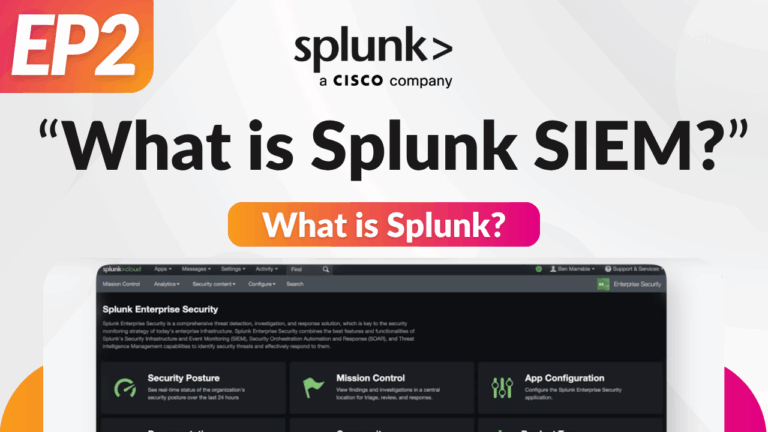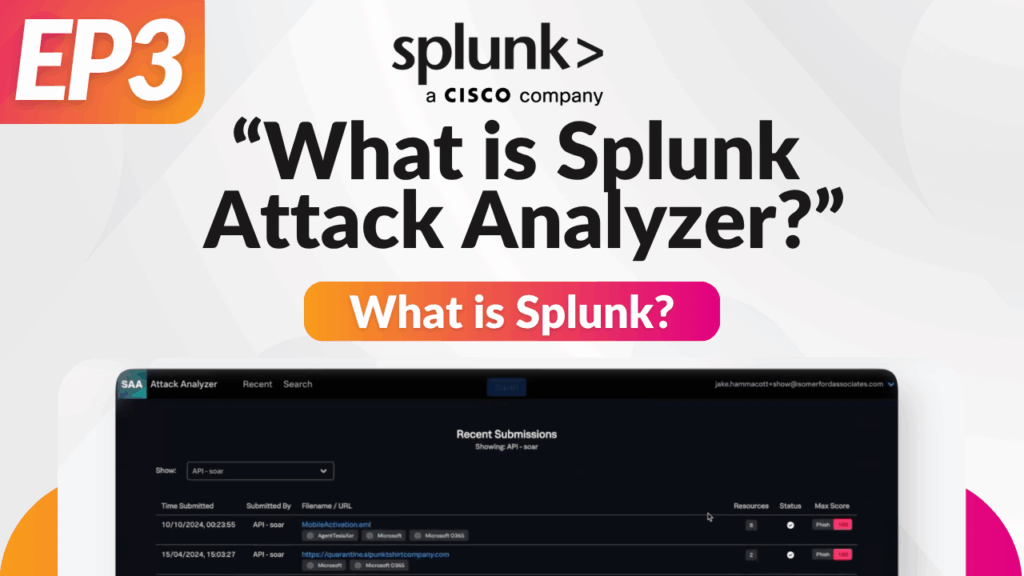Video Summary
Splunk Attack Analyzer applies multiple analysis engines to assess suspicious files and resources. While initial static file scans and antivirus checks may show no clear threats, the tool automatically downloads encrypted files and uses activation codes to decrypt and examine their contents without requiring human input. This seamless coordination between engines accelerates the investigation process.
Detection of Embedded Elements and Phishing Indicators
Attack Analyzer is capable of extracting embedded components like QR codes, which attackers often use in phishing campaigns. The tool can identify these elements and match them to known entities - for example recognising a QR code linked to Microsoft with high confidence. This contextual information contributes to the overall threat scoring.Identifying Malicious Web Pages and Credential Harvesting
Suspicious web pages, such as fake Microsoft Office 365 login portals designed for credential harvesting, are flagged with maximum threat scores. Even less overtly suspicious pages are logged with contextual details, providing analysts with valuable insights for further investigation.Continued Investigation of Linked Resources
When additional resources are found, such as password-protected zipped files, Attack Analyzer retrieves passwords automatically and continues with static and sandbox analysis. The system supports integration with various sandbox environments, including Windows and Linux, allowing flexible and thorough examination.Behavioural Analysis Through Sandboxing
Sandbox execution captures screenshots and monitors behaviour, helping identify threats like Trojans attempting to hide their presence and capture keystrokes. This dynamic analysis provides deeper understanding of malware intent beyond static detection.Aggregation of Metadata and Network Data
Attack Analyzer collects extensive metadata, network traffic data, and configuration details where available. It smartly ignores verified safe resources, focusing investigative effort on potentially harmful content to optimise efficiency.Scoring and Prioritisation of Threats
Detection scores from individual resources and analysis engines are aggregated. The highest score determines the overall verdict, ensuring that the most dangerous threats receive priority in the response workflow.Interactive Options for Human Verification
Although highly automated, Attack Analyzer provides interactive modes for analysts to manually address challenges such as CAPTCHAs that require human input, ensuring investigations can process when automation reaches its limits.Conclusion
By combining static, dynamics and contextual analysis within a coordinated multi-engine framework, Splunk Attack Analyzer enables organisations to rapidly detect and investigate phishing and malware threats. This automation reduces analyst workload and enhances security posture through efficient and thorough threat detection.Other Videos in this Series

What is Splunk Enterprise & Cloud?
Episode 1

What is Splunk SIEM?
Episode 2

What is Splunk SOAR?
Episode 4
Additional Resources
Who are Somerford?
We are a passionate group of people delivering innovation to our customers on their digital transformation journey.
Splunk Security Solutions
Utilise Splunk's suite of security solutions designed to provide uniefied and robust defence against cyber threads.
Splunk Attack Analyzer
Detect, Analyse, and Respond to Cyber Threats Faster with Automated Intelligence.
Get in Touch to Learn More
At Somerford, we are proud to be an Elite Splunk partner with specialist certified consultants in different areas of the Splunk suite. If you'd like to speak with one of our video presenters, or connect with one of our other experts, please get in touch with us today.

